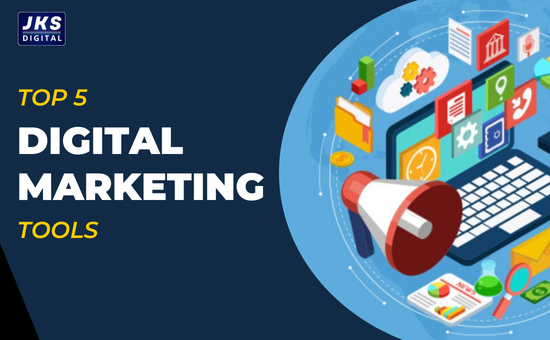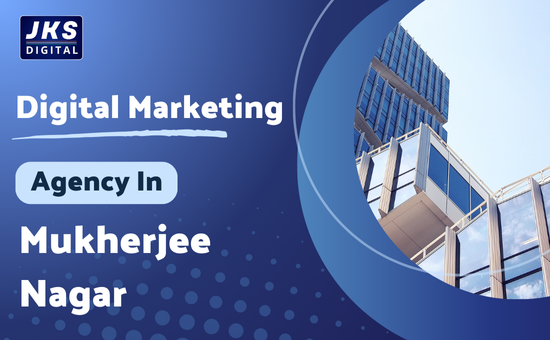Performance Marketing vs Brand Marketing: In the fast-evolving digital marketing landscape, businesses often find themselves debating between two distinct yet interconnected strategies: Performance Marketing and Brand Marketing. Both are essential for business growth, but their objectives, execution, and outcomes vary significantly. In this blog, we’ll explore these two strategies in detail, their differences, and how to determine which approach suits your business needs

What is Performance Marketing?
Performance marketing is a results-oriented strategy in which advertisers only pay for particular actions, such leads, sales, or clicks. It focuses on measurable results and uses data analytics to optimize campaigns.
Key Features of Performance Marketing:
- Goal-Oriented: Every campaign is designed to achieve specific objectives, such as increasing website traffic or generating sales.
- Data-Driven: Real-time analytics are used to measure performance and improve ROI.
- Pay-for-Performance: Marketers only pay when the desired action is completed, making it cost-effective.
- Channels Used: Includes paid ads (PPC), affiliate marketing, social media ads, and email marketing.
Read Also – Social Media vs SEO: Which Digital Marketing Strategy is Right for You?
Advantages of Performance Marketing:
- Immediate Results: Campaigns deliver quick outcomes, making it ideal for time-sensitive goals.
- Highly Measurable: Every dollar spent can be tracked to understand its impact.
- Targeted Advertising: Reaches specific audience segments through precise targeting.
Limitations of Performance Marketing:
- Focused on short-term results, often overlooking long-term brand building.
- Heavy reliance on budget and consistent optimization.
What is Brand Marketing?
Building awareness, trust, and an emotional bond with the target market are the main goals of brand marketing. Its primary aim is to establish a strong brand identity that resonates with customers over time.
Key Features of Brand Marketing:
- Long-Term Vision: The goal is to create lasting brand loyalty and recognition.
- Emotional Appeal: Builds connections through storytelling, values, and purpose.
- Broad Reach: Targets a wider audience to enhance visibility and credibility.
- Channels Used: Includes TV ads, print media, social media branding, and content marketing.
Read Also – SEO vs. PPC: Which Strategy Works Best for Your Brand?
Advantages of Brand Marketing:
- Increases Trust: Repeat business and consumer loyalty are fostered by a great brand.
- Supports Business Growth: Creates a foundation for future performance marketing efforts.
- Builds Recognition: Helps your business stand out in a competitive market.
Limitations of Brand Marketing:
- Results are not immediately measurable and may take years to manifest.
- Requires significant investment in time and resources.
Performance Marketing vs Brand Marketing: Key Differences
| Aspect | Performance Marketing | Brand Marketing |
|---|---|---|
| Objective | Drive specific actions (sales, leads, etc.). | Build brand awareness and emotional connections. |
| Timeframe | Short-term, immediate results. | Long-term, gradual results. |
| Measurement | Easily measurable using analytics tools. | Difficult to measure with precision. |
| Focus | Metrics-driven (CTR, CPC, ROI). | Customer perception and trust. |
| Budget Utilization | Pay-for-performance; efficient spending. | Requires significant upfront investment. |
| Best For | New product launches, promotions, and quick growth. | Creating a memorable and trusted brand. |
Read Also – When to Do Content Marketing? Know the Right Strategy and Timing
When to Choose Performance Marketing
Ideal Scenarios:
- You Have Short-Term Goals: If your goal is to increase sales during a holiday season or promote a limited-time offer, performance marketing is the way to go.
- You Need Immediate ROI: Startups or businesses with limited budgets often prioritize performance marketing to ensure quick returns.
- Data-Driven Campaigns Are Your Priority: If you want precise insights into what’s working, this strategy is ideal.
When to Choose Brand Marketing
Ideal Scenarios:
- You’re Building a New Business: Establishing a recognizable brand is crucial for long-term success.
- Your Focus is Customer Loyalty: Brand marketing helps build trust and emotional connections that keep customers coming back.
- You Have a Long-Term Vision: Businesses aiming to sustain themselves in competitive markets should invest in branding.
Why a Combination of Both Works Best
While performance marketing delivers immediate results, brand marketing creates the foundation for sustained growth. Here’s how combining the two can amplify your marketing efforts:
- Leverage Performance Marketing to Test Campaigns: Use performance marketing to gauge audience preferences and optimize brand campaigns accordingly.
- Build Awareness Through Brand Marketing: A strong brand makes performance marketing campaigns more effective by increasing audience trust.
- Integrate Metrics: Use performance marketing data to refine your brand messaging and strategy.
Read Also – Social Media Growth Strategies: Top Tips for 2025
Conclusion: Choosing the Right Strategy
The decision between performance marketing and brand marketing depends on your business goals:
- Opt for Performance Marketing if you seek immediate results, measurable ROI, and budget efficiency.
- Choose Brand Marketing if you aim to build long-term loyalty, trust, and a strong brand presence.
In the end, the greatest option is frequently a balanced strategy. Combining short-term action with long-term vision allows businesses to thrive in today’s competitive market.
Need Expert Guidance?
If you’re still unsure about which strategy to prioritize, our team of digital marketing experts can help tailor a plan that suits your business goals. Let’s grow your brand and performance together! Reach out today.





